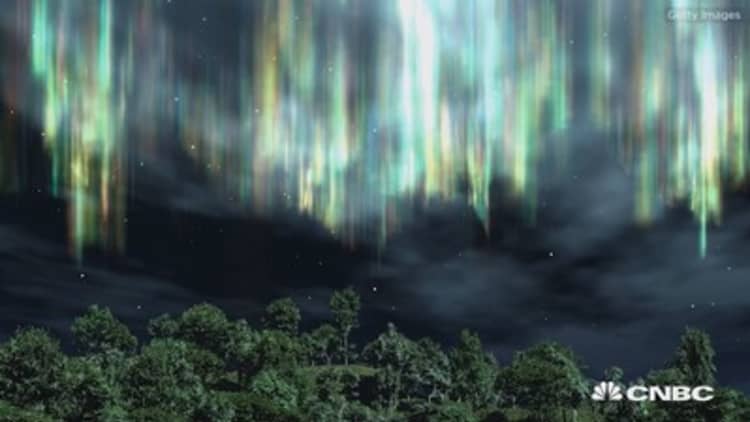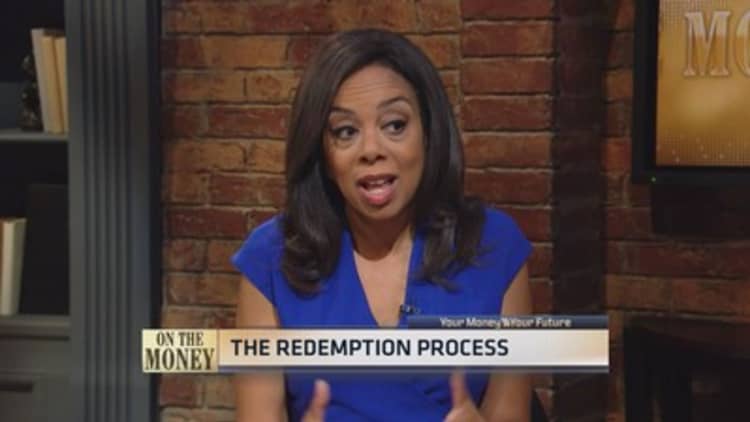
This month marks a very important season for Icelandic tourism. From September until mid-April, when the days are their shortest, the Northern Lights are at their brightest.
Tourists flock from all over the word to catch a glimpse of the spectacular display, but it may not be a big enough draw.
While Iceland's tourism industry appears to be flourishing, with current visitation numbers up threefold from 2000, the country is still struggling to coax vacationers to the Nordic island nation.
From 2013 to 2014 the number of tourists to visit Iceland grew more than 23 percent, according to the Icelandic Tourist Board. Revenue from foreign tourists also blossomed with visitors shelling out $1.2 billion in 2014, up more than 18 percent from $1.01 billion in 2013.
However, those percentages don't tell the whole story.
'Not booming'
In a fifteen year period tourism numbers may have tripled, but in reality there were only 600,000 more tourists that visited Iceland in 2015 than in 2000. Among watchers of the country's travel industry, the trend has not gone unnoticed.
"Iceland's tourism industry is not booming. Still very, very few people are visiting Iceland," said Bjorn Hroarsson, managing director of travel agency Extreme Iceland.
By comparison, the country of Austria—which is two-thirds the size of Iceland—has had more than 37.6 million visitors in 2014 and grossed more than $19.4 billion in tourist spending, according to Advantage Austria, Austria's official trade promotion organization.
However, there is hope.
Promote Iceland, a public-private partnership, is looking to improve the tourism landscape of the country by investing in adventure and specialist tourism.
"Travelers are increasingly looking for an authentic and unique experience without compromising the destination visited," the company wrote in its 2013 long-term strategy guide for Icelandic tourism.
The Game of Thrones effect

Iceland has a diverse landscape—the country is home to volcanoes, glaciers, icebergs and hot springs—and offers a variety of nature activities including hiking, fishing and bird and whale watching. By capitalizing on Iceland's niche market of unusual landscapes, Promote Iceland hopes to attract 1.3 million tourists and increase visitor spending to $2.5 billion by 2020.
"Everything Iceland has to offer is a factor in the increased tourism," said Brynhildur Sverrisdottir, a travel agent and co-owner of Nordika Travel. "There is growing winter tourism not only to see the Northern lights, but also because of the charm of the winter, dark evenings, snow, frozen waterfalls and all kinds of winter activities."
In addition, Iceland has experienced a boost from Hollywood. Films like "Interstellar," "Oblivion" and "Noah" and hit television show "Game of Thrones" were filmed in the country.
"There is no question that HBO´s 'Game of Thrones' and other popular TV shows as well as films has caused increased interest in Iceland," said Sverrisdottir.
A similar surge in tourism occurred in Norway last year after the release of Disney's "Frozen". Travel to the country from the United States alone jumped 37 percent between January and March of 2014 compared to same period in 2013.
While Iceland's tourism data is on the rise there are still some that remain skeptical. "Iceland is more or less a country without tourists, but we hope we will get some one day," said Hroarsson.





